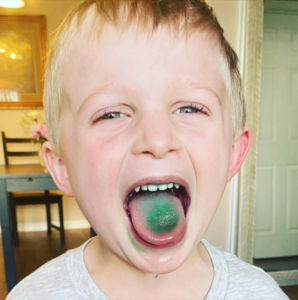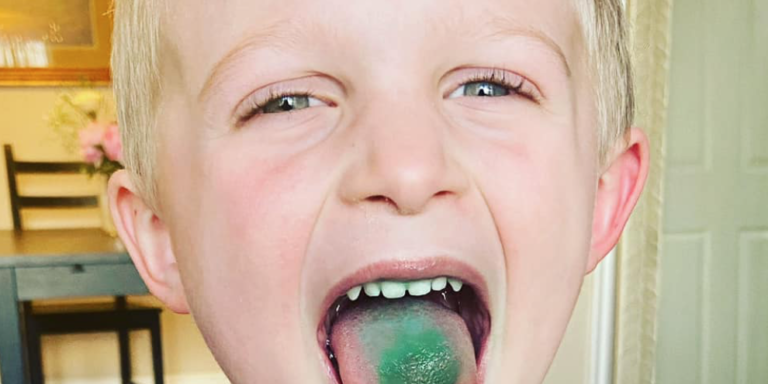
As the holiday season approaches, many parents become concerned about the amount of sugar their child consumes, especially at Halloween. At your home if children giggle and can’t sleep at night, if couch cushions are often used as punching bags, if your walls have mysterious dents or if you notice blue sparkly glitter suddenly appear on your oriental rug, you may be frustrated. When most kids are about half way through their trick or treat Halloween candy and many parents are asking themselves, “Is my child normal? Could they be hyper- active or have they just eaten too much sugar?”
Evidence suggests that sugar does not make a child hyperactive.
Yes, sugar can give all of us a temporary boost but it does not make any one “hyper.” Parents who believe their children are less hyper when they take away sugar may have just behaviorally motivated the child to act calm so he or she can occasionally eat donuts without criticism.
While it is common to joke about ADHD, only about 3%-5% of the population meets diagnostic criteria for the disorder with males out numbering females. More than likely your child’s inordinate energy, inattentiveness and impulsive acts are age appropriate.
Knowing that your child is within a normal range may not help your frustration or annoyance as you make home repairs so what is a parent to do? One helpful concept to keep in mind is that of “mirror neurons.” Scientists have recently discovered a set of neurons in the human brain called mirror neurons. When you see an action or an expression completed by someone else your brain automatically fires the nerve cells necessary to get you ready to do the same task. For example, if you wave good bye to a small child, they automatically raise their hand too. When you see someone yawn, it is difficult to suppress one yourself because your mirror neurons are at work.
Mirror Neurons
These neurons help us with motor learning but they are also connected to our emotional centers too. We can see the emotion on another person’s face and experience a similar feeling helping us relate to their experience. Empathy is an important social and relationship regulator but sometimes in family settings, mirror neurons go array.

If a mother comes into the house and sees a blue sparkle mess on her expensive rug, her face and voice convey a strong negative response. The child is young and inexperienced at emotional interpretation and doesn’t think, “My mother still loves me, she just has temporary anxiety over the cost of replacing her nice rug,” instead the child catches the intense feelings of the mother and in that moment either experiences shame or anger or both.
Recover From Stressful Moments
Dr. Jane Nelson, author of Positive Discipline, says that parents need to give themselves permission for a “time out” at stressful moments. During their “time out” the parent can practice the three R’s of recovery: recognize the situation, re-gather their thoughts and resolve the problem. After a quiet moment of reflection a parent may be able to express themselves appropriately and problem solve. When the parent then approaches the child in a calm loving manner both parties can come up with solutions. When blame and anger are absent, lasting solutions emerge. The child learns empathy, problem solving and responsibility for their actions.
CAMILLE CURTIS FOSTER LCSW

(originally published in the Deseret News 11/2011)





